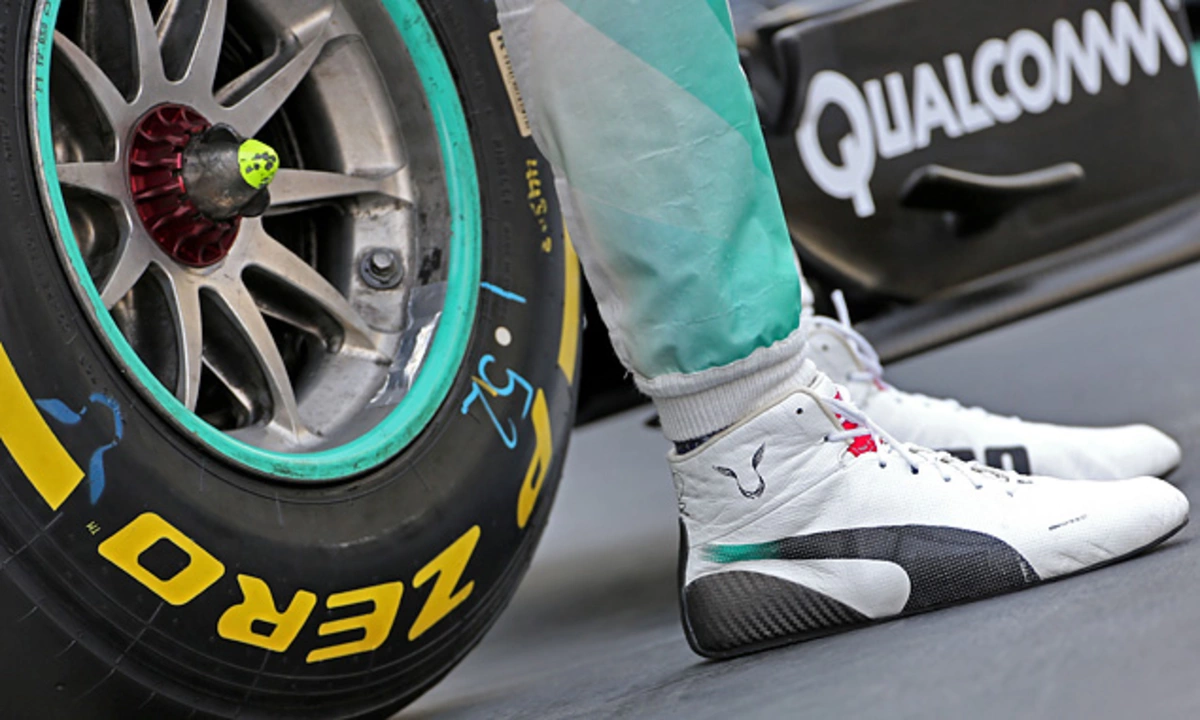In my latest blog post, I've been discussing which F1 driver has the coolest racing boots/shoes. After taking a closer look at various drivers and their unique footwear choices, I've concluded that it's quite a tough competition. Some standouts include Lewis Hamilton's vibrant and eco-friendly designs, as well as Lando Norris's funky and colorful shoes. While it's difficult to pick just one winner, I must say that Hamilton's commitment to sustainability and style gives him a slight edge. However, I encourage you all to check out the full post and decide for yourself who you think has the coolest racing boots in F1.
F1 Driver Basics – Who They Are and What They Do
If you watch a Grand Prix, the star you see zooming around the track is the F1 driver. They’re not just fast; they’re the link between a car’s technology and the race results. A driver’s job includes mastering the car, giving feedback to engineers, and staying cool under pressure.
Path to Becoming an F1 Driver
Most drivers start young. Karting is the usual first step – it teaches throttle control and racecraft. By the time they’re teens, they move into single‑seater categories like Formula 4 or Formula 3. Success there catches the eye of junior driver programs run by big F1 teams.
Physical fitness is a must. An F1 driver endures up to 5 g in cornering, so a strong neck, core, and cardio base keep them steady. Nutrition, sleep, and mental training are also part of the routine.
Beyond skill, a driver needs sponsorship or backing. Racing is expensive, and teams often look for drivers who can bring financial support. Having a good manager and networking in the motorsport world helps secure those deals.
What to Expect on Race Day
Race day starts early with a lot of data. Drivers meet engineers, go through the car setup, and run a few practice laps. The goal is to find the perfect balance between speed and tire wear.
During qualifying, the driver pushes the car to its limits to secure a good grid position. A single lap can decide the weekend’s outcome, so focus is razor‑sharp.
In the race, an F1 driver must manage fuel, tires, and strategy while hunting for overtakes. Communication with the pit wall is constant – a quick call can change the strategy in seconds.
After the checkered flag, the driver debriefs with the team, reviews telemetry, and talks about what went right or wrong. That feedback shapes the car for the next race.
Fans love the drama, but there’s a lot of work behind the scenes. From media duties to sponsor events, a driver’s schedule is packed, yet they always come back to the track hungry for the next challenge.
Whether you’re a casual viewer or dreaming of a seat in an F1 car, understanding the driver’s role adds depth to every race. The next time you hear the roar of an engine, remember the skill, fitness, and teamwork that turn those seconds into a world‑class performance.
